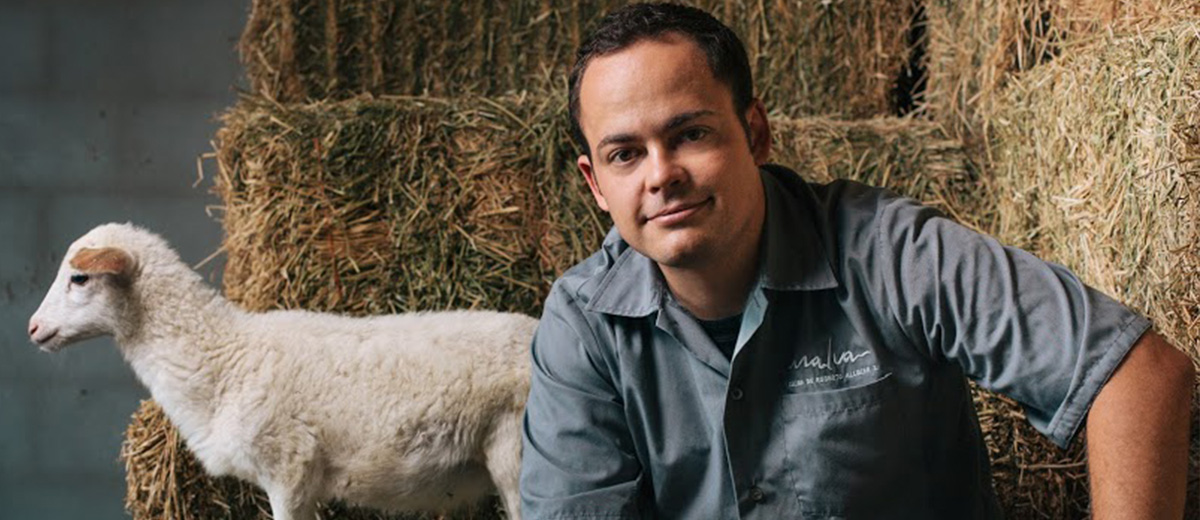Chef/Owner Roberto Alocer at MALVA Cocina de Baja California in Valle de Guadalupe, San Antonio de Las Minas, Ensenada, Baja California MEXICO.
Edited by Michael A. Gardiner
CR: You’ve been quoted as saying you “always wanted to be a chef,” but how did it start? Is there a particular memory or flavor or smell or something specific to which you tie that?
Since I was a breast feeding baby I was a guzzler. Then, as a kid, I was always open to taste everything and I ate really well. At home, my mother always cooked the meals. We didn’t have any canned or processed food in the house. It was in Junior High—in the scouts—that I learned to cook. So, because I really enjoyed doing it for everybody, after finishing high school, when my parents ask me what I was going to study I decide to go to the kitchen.
If there’s a particular flavor I most vividly remember it’s the first time I tasted the crickets. I was 6 years old at the time and it brings me back to my mother’s Oaxacan roots.
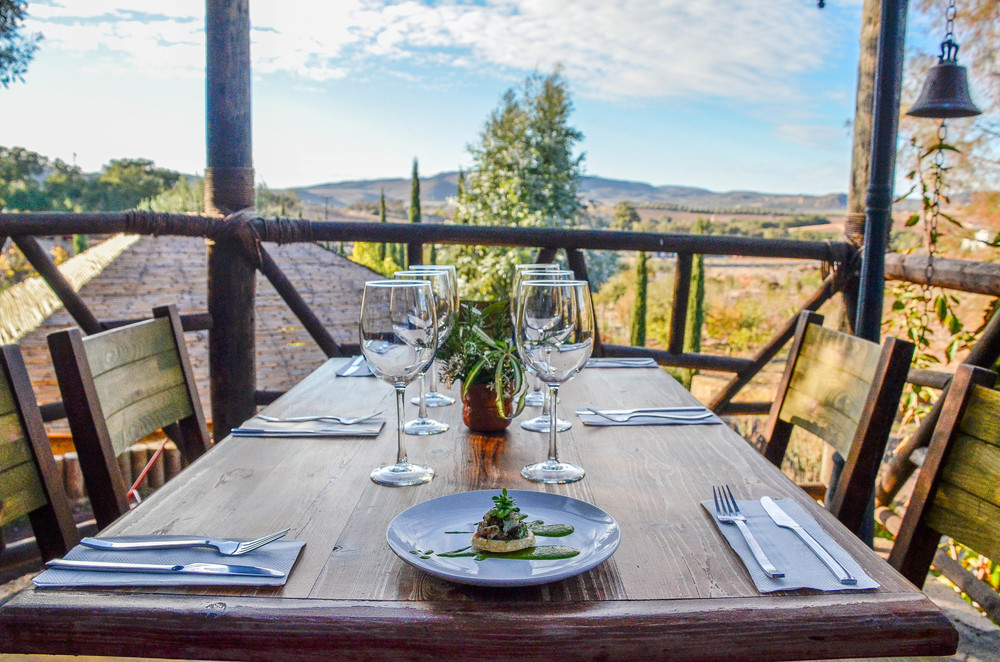
CR: Your resume features some very high profile restaurants: Sergi Arola’s La Broche, Enrique Olvera’s Pujol, as well as others. How did staging for Arola and Olvera differ?
A lot. When I was at Arola’s, he was already a top chef all over Spain. When I was at Pujol, Chef Enrique was pushing very hard to become the best. So it was yin and yang, tons of ego selfiness at Arola’s, and at Pujol, tons of young hungry cooks that today lead many of the best places to eat in Mexico (Jorge Vallejo, Alex Villagomez, Juan Cabrera, Mario Espinoza, Eduardo Garcia, Jorge Peimbert, Marc Acevez). I learned a lot with these guys.
CR: When were you at each?
I was at La Broche around 2004 and in Pujol in about 2006.
CR: What led you to them?
At that time La Broche was the most-starred restaurant in Madrid. I wanted to be in the best restaurant in Madrid. Similarly, with Pujol I wanted to be in the best restaurant of Mexico.
CR: How do those experiences influence what you do today?
At the end of the day, in La Broche I saw how I don’t want to be. In Pujol, though, I discovered the other Mexico, the Mexico that you don’t see in the streets and in the markets. I saw the refined Mexico with local ingredients and the local techniques.
CR: What is your inspiration and motivation in your day-to-day routine?
For me, before everything, it is my family. And at the restaurants it is my customers: the feedback they give me, the smiles and when come back to my places its what makes me go day by day.
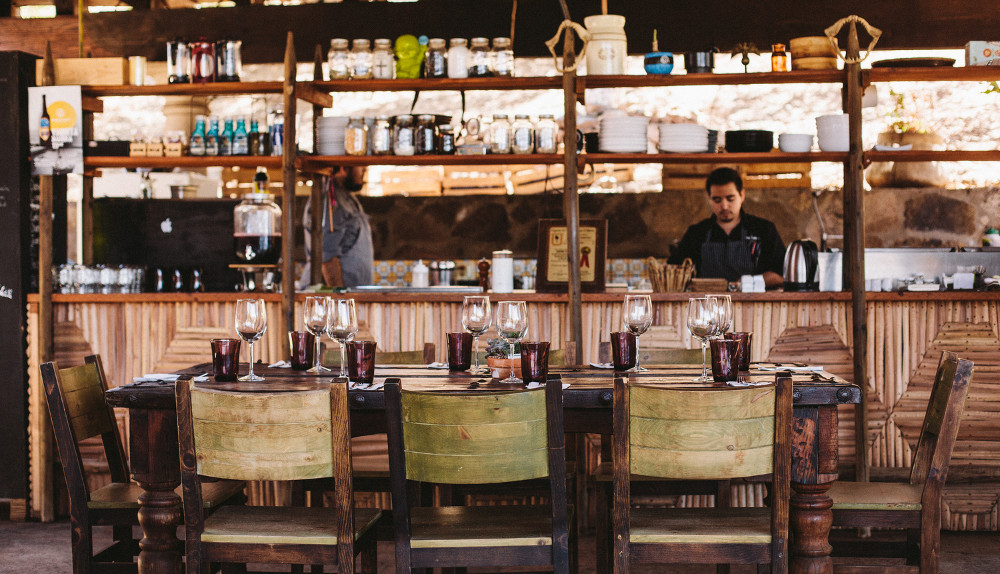
CR: What is the most difficult part of your day as a chef?
Not being able to spend some time with my family on Sundays.
CR: What are the most rewarding things about your profession?
The most rewarding thing is that I’m able to make people happy. Some times couples arrive angry with each other and after eating with me they leave happy. That’s really a good thing.
CR: What do you consider to be your food philosophy?
My food philosophy is based in three things:
- Mexico
- Baja
- My personal experiences.
Every plate I develop is built on these three.
CR: One of the most impressive things to me about Malva was the simple fact that my first time eating at the restaurant you were not there….but your imprint was? What’s your leadership philosophy?
I erase the bad schooling my staff members might have experienced and I replace it with good schooling. Yes, I’m a perhaps a bit too hard on them when I’m at the restaurant because I’m always teaching and they need to understand that we don’t ever put down our guard. A lot of people look Malva as a palapa but after they leave they do so with a really good taste in their mouth. Under that palm tree roof they ate like in a “big fancy” place. That’s our goal, my staff knows that we only serve well-cooked and well plated food. That’s the standard. The waiters don’t take a dish to the table if is not as it should be and the kitchen shouldn’t put it on the pass. We are aware that we haven’t cooked our best food yet and that we won’t ever be the best we can be…that’s it. We know our weakness (we are an al fresco, rustic place with equipment that may not exactly be high end) but the food we cook under that palapa is really good fucking food. Sorry for my French.
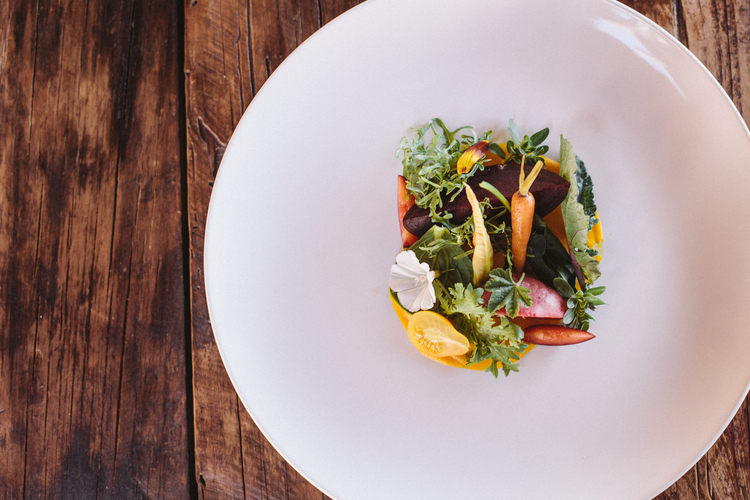
CR: What is your claim to fame? (For example: a signature dish, setting a trend, etc.)
Serving simple good food. I don’t know, you tell me.
[Editor’s Note: Malva’s ensalada del huerto is special. The words may translate as “garden salad,” but it is so much more than that. While salad dishes are less “cooked” than they are curated, this was very much both. It was a vegetable concerto in the key of pepper (sweet and shishito) with raw ingredients – most notably fresh figs — playing with pickled, puréed, roasted and toasted ones all tied together by vinaigrette.]
CR: What is your most unusual source of inspiration for cooking? For cooking it is concentrating flavors.
For cooking it is concentrating flavors. For plating, it’s the nature I think.
CR: In your opinion, name the world’s best places to learn and experience the culinary scene.
Everywhere. I have learned from everywhere and everybody: from the ceviche cart in front of my parents bussiness to my mother-in-law to culinary school, to the best restaurants. Every one has something to teach about food.
CR: What is your most memorable meal or food related memory?
To this day it was the last meal I made for my grandma. It was her last supper, literally, and I remember how she enjoyed it.
CR: What was the biggest ”break” in your career? Can you share what you did that set you apart from your competition and how you prepared for the opportunity?
My biggest break, I think, was the opening of Malva. What set it apart was the fact that we opened a restaurant with only $2000. It’s also how I prepared. It was after 12 years of cooking all over, I was tired of making my boss happy and cooking easy-to-sell food and not doing my thing. That’s how I decided to open Malva. I wanted a place where I would like to go, to eat what I would like to eat, and pay what I think is fair to pay.
CR: Have you ever been fired? If yes, what happened and what did you learn?
No, never fired. The closest thing to that was ending a relationship with a restaurant because they hired me to be the Chef but the owner was always at my back telling me what to do. That’s when I decided that I wasn‘t going to be happy if it wasn’t my place.
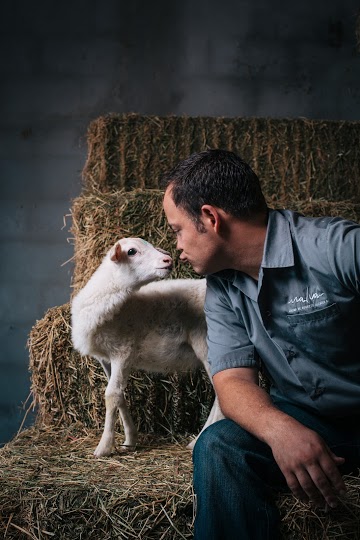 CR: Name your top 3 favorite foods
CR: Name your top 3 favorite foods
Albondigas, Burgers and Tacos de carne asada.
CR: Is there anything you refuse to eat or anything you only eat if you cook it yourself?
The only thing I don’t eat is shrimp: I’m allergic.
CR: Have you ever sent a plate back at a restaurant? As a taboo topic, what’s your personal philosophy about returning a plates?
Yes, I have. but if I return a dish I don’t want it back, not because of any taboos, but because I get mad. I don’t understand how restauranteurs don’t run their places with the care it takes.
CR: On a scale of 1-5, rate your own diet! Do you think chefs collectively lead healthy lifestyles? Explain.
My diet? 4.5. We don’t lead healthy lifestyles because we don’t have that much time to sit and eat. So, we eat after hours and sometime just a sandwich, and when we do sit we eat a lot. So no: we are not healthy.
CR: Do you have any secret junk foods you occasionally indulge in?
Of course I love Tostitos locos.
CR: What do you look for in potential team members? Where do you go to recruit?
I look for passion. I don’t search for Ferran Adriàs or René Redzepis. I’m always looking for a mini-me 10 years ago. I recruit everywhere but I enjoy the young cooks that arrive at the restaurant asking for a chance to learn. Those are the good ones.
CR: If you could change one thing about the food industry, what would it be?
I would tone down the whole Rock Star Chefs trend a little bit. It harms the industry. A lot.
CR: Do you follow food trends? If yes, name those you would keep and those you would dump.
Yes, of course. If you want to stay in business you need to. But you need to take what’s good in a food trend and do it at your own way. One food trend I love—and I will do it everyday—is foraging. It is good for the business and its also like the yoga-for-chefs.
CR: What is on your kitchen tool / machinery wish list?
A rotaval. Frankly, everything we don’t have at Malva.
CR: What are your pet peeves in the kitchen at home, a friend’s kitchen, and at work?
Cleanliness.
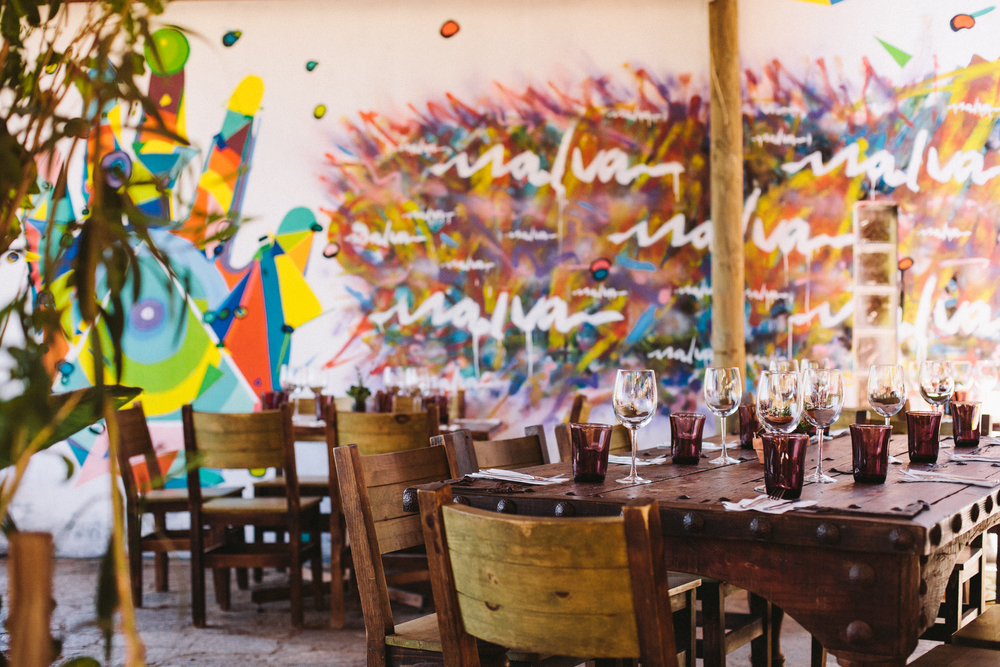
CR: If you could give every home cook one technique, skill, or advice to create more delicious meals at home what would it be?
Cook vegetables properly. Moms don’t understand that if when they boil the vegetables too much they lose their vitamins.
CR: Organic and sustainable food systems are on the rise. What are you doing to support the movement?
We buy or harvest most of our ingredients at local organic/biodynamic farms.
CR: What are some local famers & purveyors in your area that you recommend?
La Carrodilla, El Mogor, MP greens (if he is in the mood to work), Rabbits, Codocana, La Cava de Marcelo, Quesos el Mirador, Lechugas de Guicho.
CR: If you could go back in time, what would you tell yourself at the beginning of your career?
Enjoy it a little bit more.
CR: Have you ever second-guessed your will to become a chef? If yes, how did you overcome the doubt?
No, never
CR: Who were your culinary role models growing up and who are they today?
When I was growing up were all French guys, today most of them are not Chefs.
CR: Culinary School…Yea or nay?
Yes, but right know in Mexico must of them SUCKS.
CR: What are some of your favorite food driven books and magazines?
A must is The French Laundry Cookbook. I think it was the ground breaking book of the modern era of cookbooks. Kitchen Confidential for the newbies is a must and right know I’m reading the one from Dominique Crenn, a really nice one.
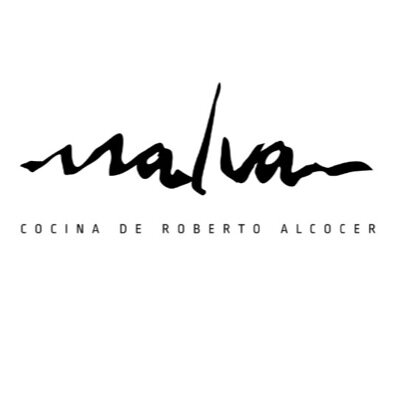
CR: What is your definition of success in our industry?
Success in this industry nowadays is having a balance of your personal life (family, healthy lifestyle, friends out of the industry) and your professional life, having a busy restaurant, innovating, expanding and making customers happy. Money will come after all this.
CR: What are your culinary and career goals?
I want to be part of the Baja and Mexico movement. What I want is that in 50 years from now if they talk about food they talk about my work. Life goals? Have a happy healthy family.
CR: What is your culinary “best case scenario”?
I don’t know, it changes a lot.
CR: Name one chef we should be on the lookout for in the future.
Of Baja? The problem with most of the new guys in Baja is that they haven’t worked. They just came out of culinary schools and they are opening their places with no experience. So I don’t know, from Mexico, there are some people that have been working hard and are about to explode. Jose Miguel Garcia, for example. Once he decides to open a formal place he will blast the culinary scene. Also, Matteo Salas is kicking it. On the pastry side Irving Quiroz will make some noise.
CR: How did you find Chef’s Roll and what compelled you to join?
Latin Food Fest may not be my favorite event but it was there that Chef’s Roll approached me and that’s how we met.
CR: Malva is not your only venture, right? Tell us about your other projects.
Malva for the moment is my most personal venture. I advised and developed the menu of a restaurant in Mexico City called Sole Raw and Oyster Bar (opened in January 2016) and I’m planning on opening a 15 seat restaurant in the Valle de Guadalupe. We’d hoped to be open last summer but had some problems with the papers. I hope to be ready soon.
Malva is open Wednesday to Sunday from 1 to 9pm and offers, 7 and 10 course tastings menus or a la carte, with a wine list sourced from its own winery and friends in Guadalupe.

